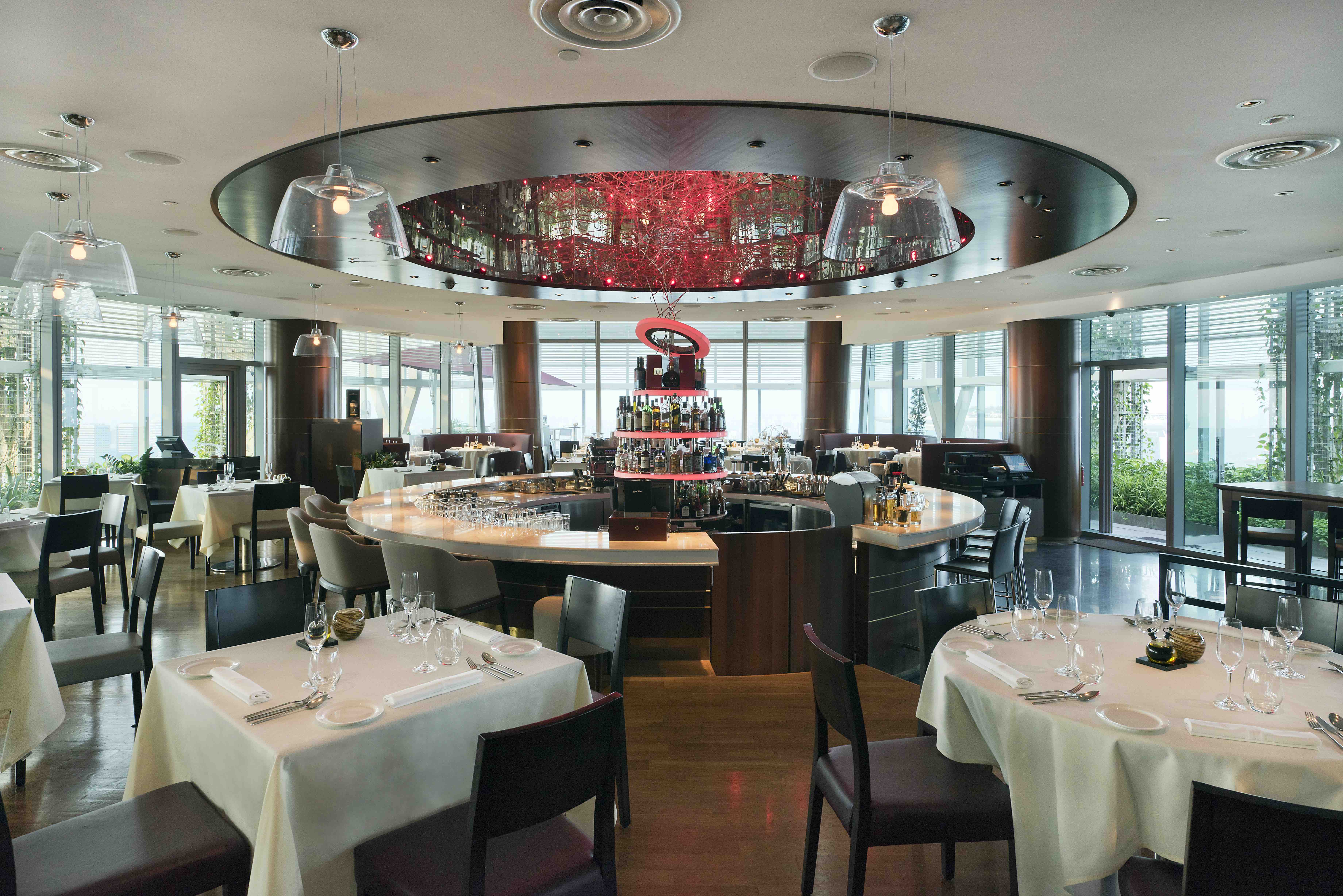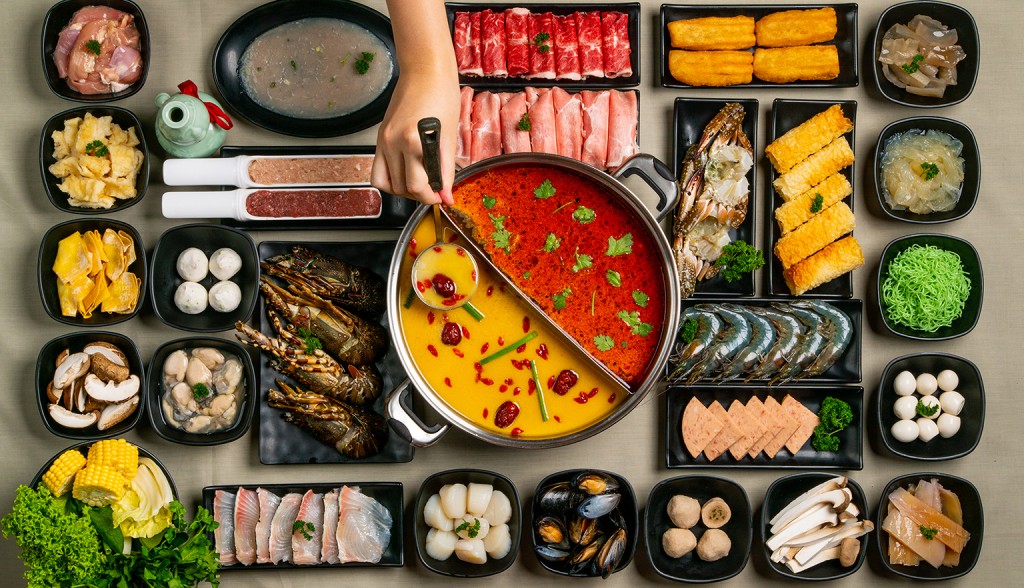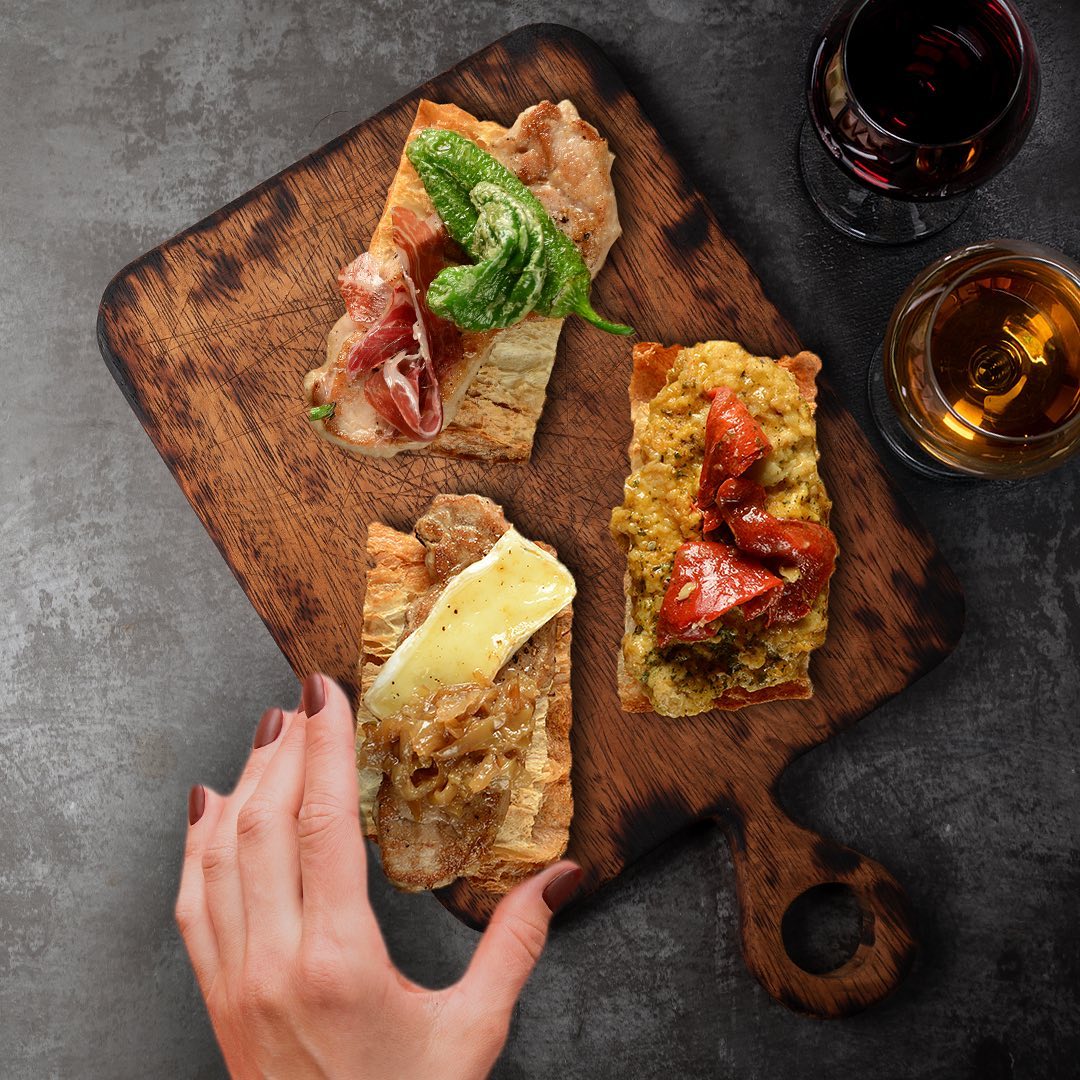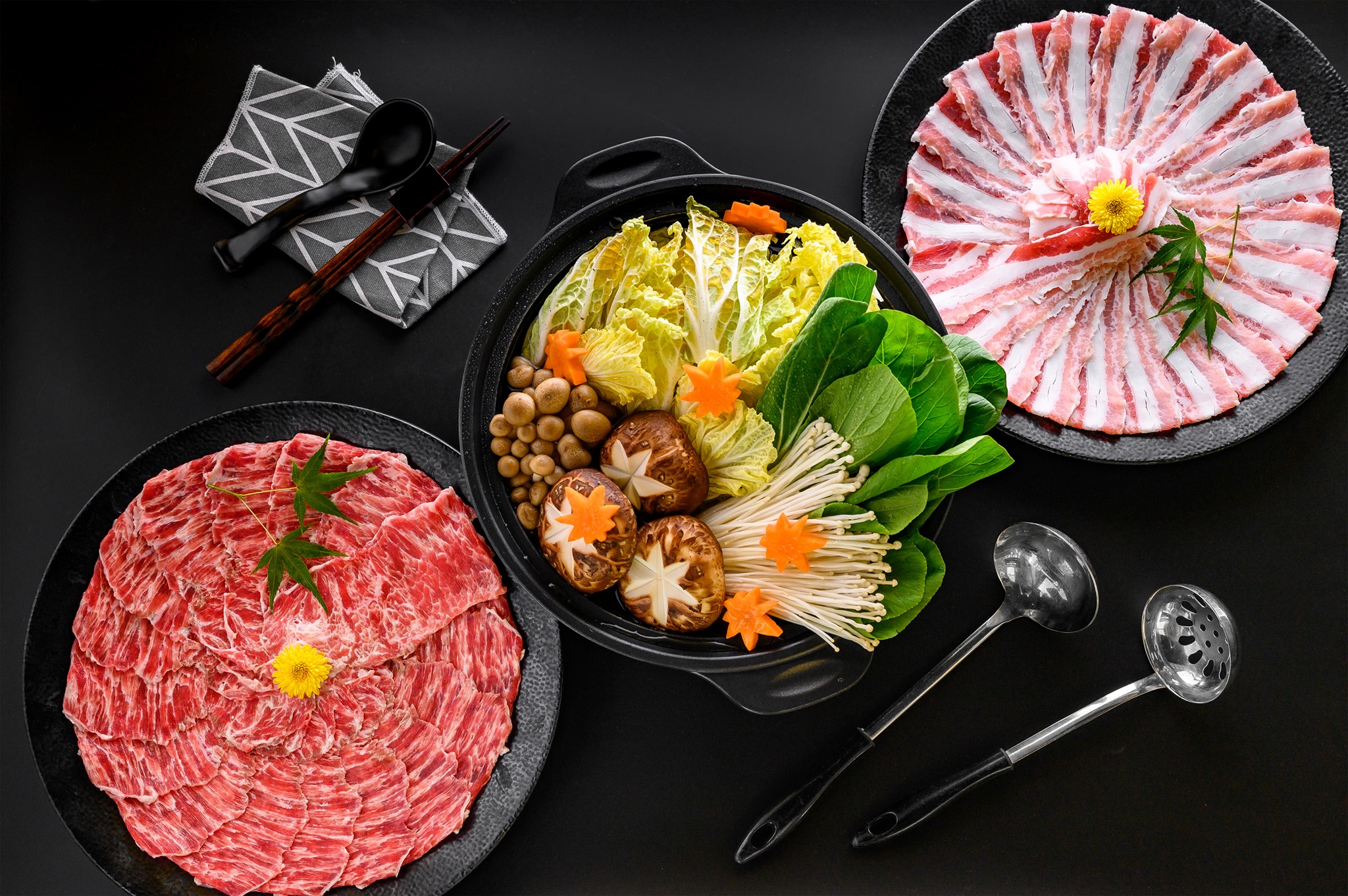Ten years ago our wine scene was exclusive, snobby and full of more social faux pas landmines than a sommelier could sniff at. Most Asians hardly ever saw the stuff, let alone knew what was a good year or from what region. Today, wine bars abound and everyone likes to think themselves a bit of an expert. Indeed, much of the pomp and ceremony surrounding the drinking of wine has disappeared. Now wines come with screw tops, plastic corks and even (shock! horror!) in cans.
There’s no denying that things are changing in the way we drink our wine. Traditionalists might protest, but here are some of the changes we’re seeing in our vino.
Colorblind
It’s always been the accepted rule that red wines go with red meats, and whites with poultry and seafood. According to Christopher Tan, Manager of Oaks Cellars Takashimaya, this developed from the idea that white meats tend to be lighter and sweeter in flavor and would be overpowered by a full bodied red wine. But these traditional pairings are no longer the only acceptable way to choose which bottle to open with a meal.
At leading haute French cuisine restaurant Saint Pierre, seafood dishes are no longer restricted to being paired with sauvignon blancs and rieslings. In fact, their new winter degustation menu features a risotto with escargot and king scallops infused with pinot noir and paired with a Bourgogne rouge vieilles vignes.
And vice versa. In chef Emmanuel Stroobant’s latest book Vine Dining White, he educates Singaporeans by listing recipes according to the grapes they best match. For instance, he gives a recipe for braised lamb shank under chardonnay and marinated braised veal shoulder under pinot gris.
Stroobant’s philosophy is simple. “We match the wine with the ‘stronger’ ingredient of the dish. It is not always the meat or the fish but also the sauce, which can play a major role in the match. For example, the side dish for the cod [on our menu] is a bordelaise (red wine sauce) braised lettuce with veal bone marrow; it supports a strong red pretty well.”
Brave New World
Along with the etiquette associated with different colors of wine, traditionally the pairing of wine with Asian food has been, at best, a haphazard affair. In Asian restaurants, wine lists used to be very limited. Today, many Asian restaurants have more extensive offers. However, unlike in many European or Western restaurants, the lack of a recommended wine listed with each dish means there is always the risk that ordering a merlot will turn out to be a poor choice with a beef rendang.
Tan’s theory is that the Asian market’s lack of exposure to the wine industry until recently is largely responsible for the misconception that Asian food cannot be paired with a glass of red or white. However, with the growing awareness and popularity of wines, parallel principles to those used to match European foods with wine can be used to suit our Eastern palates. The two types of cuisine he suggests are the most difficult to marry with grapes are Indian and Thai—because of the complexity of the spices.
There are a few places that are making it a point to change this tradition. Old school Chinese seafood restaurant, The Seafood International Market & Restaurant, has recently opened a wine cellar with over 200 different types to choose from. At the newer 8 on Greenwood, customers have the option to add three specially selected wines to pair with their 12-course local food-tasting menu. The restaurant’s philosophy is simple: They have chosen wines that are clean and flexible, to blend well with the weekly changing menu.
When choosing the wines for 8 on Greenwood, Mathew Tip says he recognized early on that the two Asian ingredients that tend to create the most havoc for wine drinkers are chili and ginger. Add to that the woodiness and the tannins in the skin of the red grapes, and wines can be a bit difficult to match. For Tip there are two types of wines: Those for drinking on their own and those for consuming with a meal. While some complex and fruity wines must be superb as stand-alones, Tip claims these are often too complicated to have with Asian foods. So when selecting a wine for a curry laksa, the rule is that simple flavors are best.
Canning the Debate
Even for the novice wine drinker, it does seem a little odd these days when the waiter leaves a plastic cork or a screw top on the table in lieu of a more traditional cork. This new trend is something that tends to be more fully embraced by New World producers from Australia, Chile or South Africa, rather than those from France, Italy or Spain. But, apart from losing the nice “pop” that a natural cork gives when it’s released, these new technologies do have their benefits. For the average drinker, it means no more corks breaking off midway or cork rot allowing air to infiltrate and spoil the wine. And screw tops mean half-full bottles are no longer delicate items at barbecues.
But is convenience destroying the romance of opening a bottle of wine? The latest revolution in wine drinking is wine in a can. Although an initial reaction might be to recoil in horror at the thought, there’s no denying the can’s utility: It’s easier to store in the fridge and it’s more transportable. Cans also get around that irritating problem of having to open a whole bottle of wine when you know you want only one glass.
For Tan, wines in a can have their place in the food chain, but it’s not the prime spot in the cellar. When asked whether the tin vessel would affect the taste of the wine, Tan doesn’t mince his words. “Wines in a can are made to be like that,” he says. “If they [the producers] thought it was a great wine, then it wouldn’t be in a can.”
Whatever your preference, it’s becoming clear that the burgeoning wine scene in Asia is creating more than one way to skin a grape, whether we like it or not.





